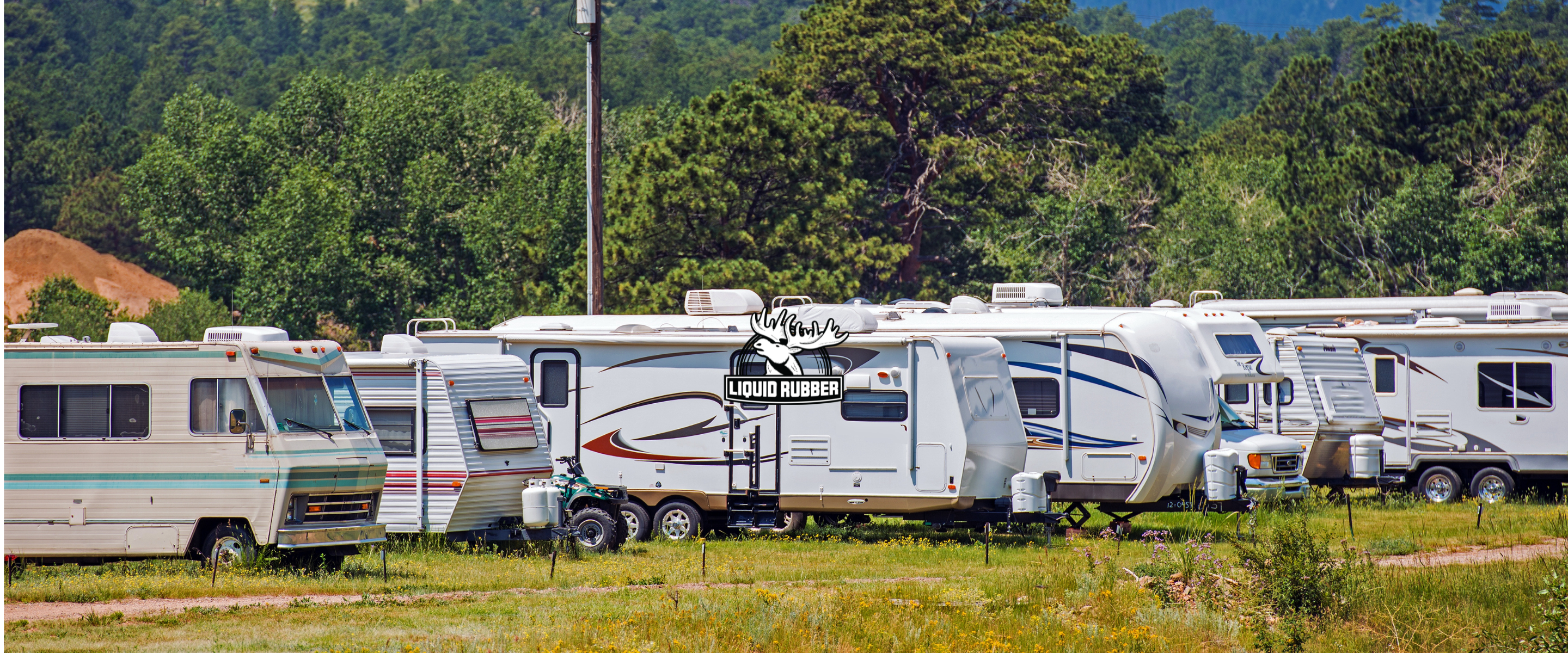Homeowners treasure their outdoor decks as they provide a space to relax, entertain, and enjoy the outdoors. However, to maintain the beauty and functionality of your deck, it's essential to protect it from the elements. One of the best ways to do this is by using rubberized deck paint.
In this helpful guide, we will discuss the benefits of rubberized deck paint, the steps to prepare and apply it, and some maintenance tips to keep your deck looking great for years to come.
Benefits of Rubberized Deck Paint
Rubberized deck paint offers several advantages over traditional deck stains and sealers. Here is a good overview of what helps make this type of specialized deck paint stand apart from the other options.
Durability
Rubberized deck paint forms a thick, durable coating that can withstand harsh weather conditions, foot traffic, and UV exposure. This makes it an excellent choice for protecting your deck from wear and tear.
Waterproofing
One of the primary purposes of this paint is to create a waterproof barrier. This helps to prevent water from seeping into the wood, which can cause rot, mold, and mildew.
Slip Resistance
Since it contains additives that provide slip resistance, it's a great application for making your deck safer to walk on, especially when wet.
Aesthetics
This special paint comes in a variety of colors, allowing you to choose a shade that complements your home's exterior and enhances the appearance of your deck.
Easy Application
Rubberized deck paint can be easily applied using a brush, roller, or sprayer, making it a suitable DIY project for most homeowners, no matter if you're using it on concrete or wood or vnyl.
Preparing Your Deck for Rubberized Deck Paint
Before applying rubberized deck paint, it's crucial to properly prepare your deck to ensure a long-lasting, durable finish. Follow these steps to get your deck ready for its DIY overhaul:
1. Inspect and Repair
Inspect your deck for any damaged or rotting boards, loose nails, or screws. Replace or repair any damaged areas before proceeding with the painting process.
2. Clean Your Deck
Thoroughly clean your deck to remove dirt, debris, mold, and mildew. You can use a deck cleaning solution or a mixture of water and mild detergent. For best results, use a pressure washer to clean your deck, taking care not to damage the wood.
3. Sand Your Deck
To create a smooth surface for the rubberized deck paint to adhere to, sand your deck using medium-grit sandpaper. This will also help to remove any old paint or stain.
4. Sweep and Rinse
After sanding, sweep your deck to remove any dust or debris. Then, rinse your deck with water and allow it to dry completely before applying the rubberized deck paint.
 Applying the Rubberized Deck Paint
Applying the Rubberized Deck Paint

Once your deck is clean and dry, you can begin the process of applying the rubberized deck paint. Follow these simple steps for a professional-looking finish:
1. Choose the Right Paint
Select a high-quality rubberized deck paint that is designed for outdoor use and provides excellent durability, waterproofing, and slip resistance. Be sure to choose a color that complements your home's exterior.
2. Gather Your Supplies
To apply the rubberized deck paint, you will need:
- Rubberized deck paint
- Paintbrush, roller, or sprayer
- Paint tray
- Painter's tape
- Drop cloths or plastic sheeting
3. Protect Surrounding Areas
Before applying the paint, use painter's tape to protect any areas you do not want to paint, such as the siding of your house, railings, or nearby plants. Lay down drop cloths or plastic sheeting to protect the ground beneath your deck.
4. Apply the Primer (Optional)
Some rubberized deck paints require a primer to ensure proper adhesion to the wood. Check the manufacturer's instructions and apply the recommended primer if necessary. Allow the primer to dry completely before applying the rubberized deck paint.
5. Apply the Rubberized Deck Paint
Using a brush, roller, or sprayer, apply a thin, even coat of rubberized deck paint to your deck. Follow the manufacturer's instructions for the recommended application method and coverage rate.
6. Allow the Paint to Dry
Allow the rubberized deck paint to dry for the time specified by the manufacturer. This is typically around 24 hours, but it may vary depending on the product and weather conditions.
7. Apply Additional Coats
For optimal durability and protection, apply additional coats of rubberized deck paint as recommended by the manufacturer. Be sure to allow each coat to dry completely before applying the next one.
Maintaining Your Rubberized Deck Paint
With proper care and maintenance, your rubberized deck paint should provide years of protection and beauty for your deck. Follow these tips to keep your deck looking its best:
1. Regular Cleaning
Keep your deck clean by sweeping away leaves, dirt, and other debris regularly. Wash your deck with a mild detergent and water as needed to remove dirt, mold, and mildew.
2. Inspect and Repair
Periodically inspect your deck for any signs of wear, damage, or peeling paint. Repair or repaint any areas as needed to maintain the integrity of the rubberized deck paint.
3. Avoid Excessive Wear
To prolong the life of your rubberized deck paint, avoid dragging heavy furniture or other items across your deck, and use protective pads or coasters under furniture legs.
Let's Wrap This Up
Sealing your outdoor deck with rubberized deck paint is a simple and effective way to protect and beautify your deck while providing added safety with its slip-resistant properties. By following the steps outlined in this guide, you can confidently take on this DIY project and enjoy the benefits of a well-maintained, attractive outdoor living space.





